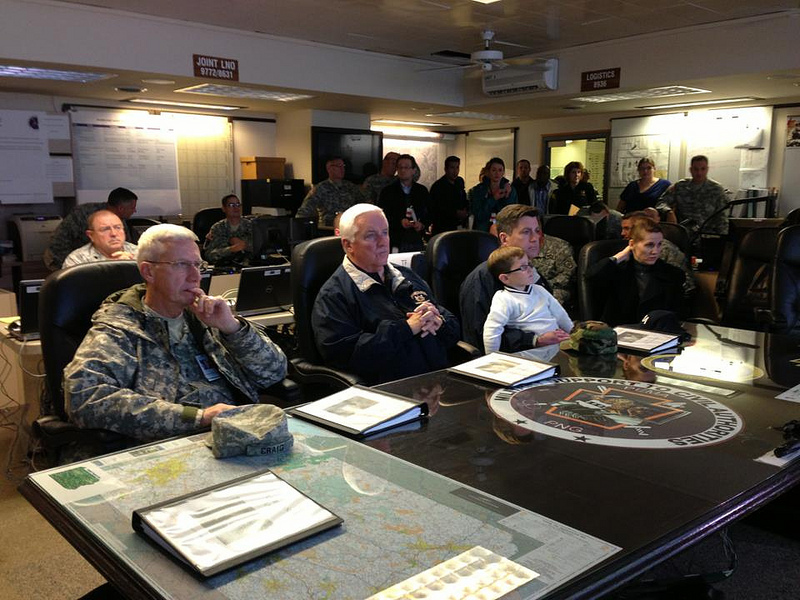


Not For All of Our Readers — Terror of Tomorrow: What Organizations Must Know to Share and Prepare
From Homeland Security Today
Gate 15’s David Pounder asked Homeland Security Today Managing Editor Bridget Johnson to help paint a threat assessment for the year ahead for the benefit of critical infrastructure entities and Information Sharing and Analysis Centers and Organizations. We share that Q&A here for the benefit of all HSToday partners and readers.
In 2018, the high-profile attacks of 2017 appeared to give way to smaller, isolated attacks that were more focused on more concealed weapons or low-tech weapons, i.e., knifes or vehicle attacks. Do you see this as an established shift in tactics or something else?
Johnson: The prevailing message in the evolution of terror attacks is “come as you are” – both ISIS and al-Qaeda have fully embraced a homegrown terror modus operandi that’s borderless, nixes the need for a training camp and really doesn’t care all that much about the perpetrators’ religious orthodoxy. Some may be tempted to view these smaller-scale attacks as the Plan B of terrorists who have lost swathes of territory, but seeping terror into every neighborhood nook and cranny by recruiting the people who grew up there has always been terrorists’ Plan A. This means confronting terrorists with potentially limited skillsets who are using low-tech attack methods that are easily obtained. This is the new norm, as it only expands their jihadist pool and geographic reach.
Realistically, ISIS knew what al-Qaeda expressed from the start: that the physical caliphate in Iraq and Syria wouldn’t last and the future was homegrown. And even terrorists claiming allegiance to ISIS use the bomb recipes and guidance that al-Qaeda has been publishing for years – we’re in the era of universal jihad. But messaging has been clear that terror groups just want jihadists to reach for what’s easy and works – they’d rather see a few people stabbed, a city on edge and the next attacker inspired than watch idiot remote recruits struggle to correctly make a bomb.
The Islamic State has not been in the headlines as much in 2018, and al-Qaeda roared back onto the scene after several years reconstituting themselves. What do you see from these groups heading into 2019?
Johnson: Usually when I see an online publication, video or website from ISIS or ISIS-supporting media groups, I have to watch or read it pretty fast before it gets flagged for extremist content and removed by the website company. With al-Qaeda, however, I’ve had a website on one of my tabs for weeks that functions as a women’s al-Qaeda news and advice portal – par for the course, al-Qaeda content, even though usually more developed and damaging than ISIS materials, just doesn’t get attention from the censors. Al-Qaeda has relished this waiting-in-the-wings role, hanging back (but still very much in active operation and development) like the professors while ISIS stormed across Syria and Iraq like fraternity boys. Al-Qaeda combines the wisdom of elders with younger, hungry leaders, like al-Qaeda in the Arabian Peninsula emir Qasim al-Raymi and 30-year-old Hamza bin Laden, groomed by his dad to one day take over the family biz. Al-Qaeda emerges from the ISIS heyday with street cred for being right about the caliphate not working, with a wealth of jihadist training tools in deep circulation online, with their dead legends still recruiting new adherents (see: the lectures of American cleric Anwar al-Awlaki, because there’s an app for that), and with years out of the spotlight that enabled them to build talent, focus and, very importantly, learn from ISIS’ mistakes in their jihad campaigns moving forward.
For the rest, click here.